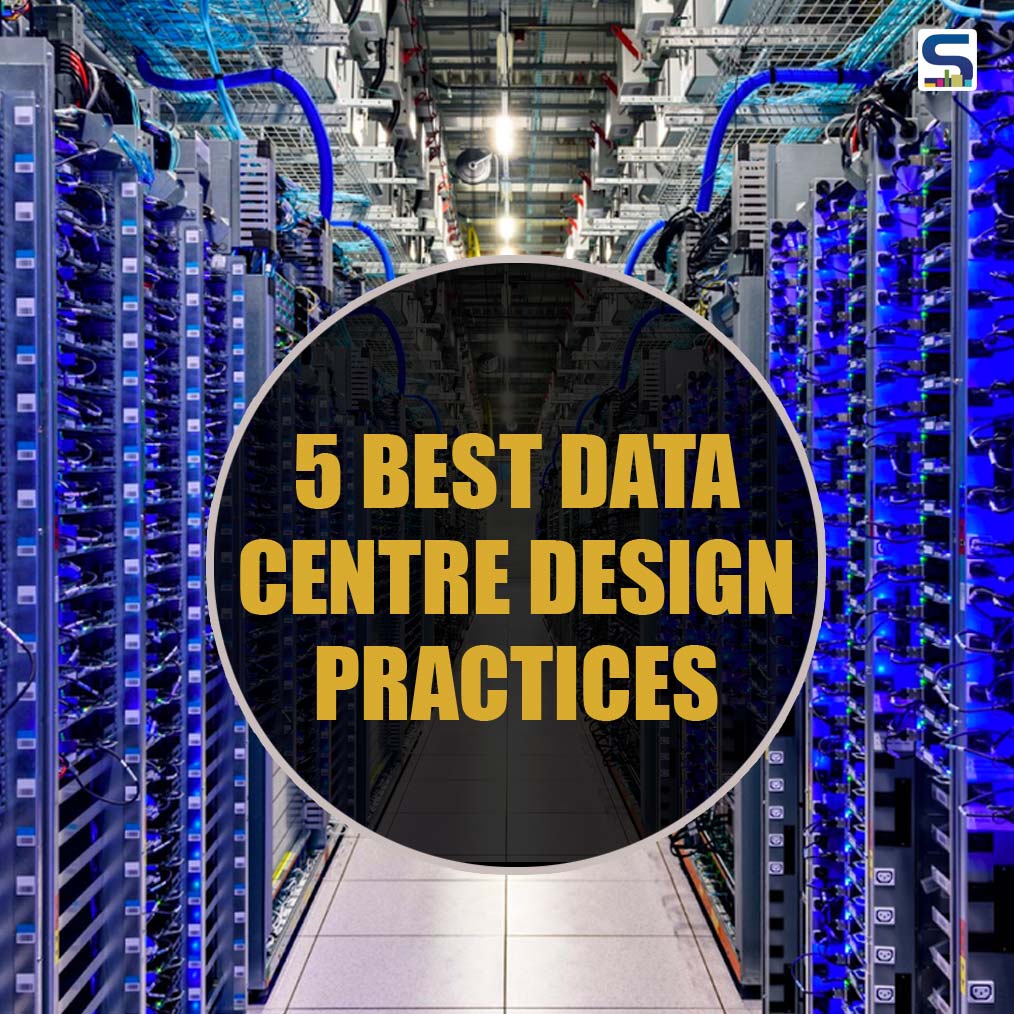
Information is a very vital commodity that is stored in the form of data somewhere on the internet. And with so much riding from the security, proper storage or handling of data, it is pivotal that your business uses the right strategies and find an apt place to house it all. When deciding how to create and maintain a highly efficient data centre, whether small or hyperscale, a company or a cloud service provider should consider acceptable design practices because optimum design strategy has a massive impact, which eventually can lead to greater ability to scale, cost savings and lower ecological footprint. Here, in this article, SURFACES REPORTER (SR) will explore the best data centre design practices all businesses should consider to create, run and maintain an efficient data centre. Take a look:
Also Read: Data Centres: The Most Sought After Alternative Real Estate Asset In India
1. Highly Functional Cooling Systems
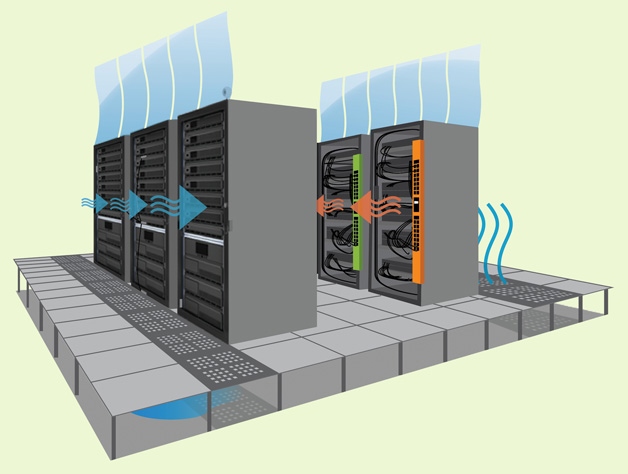
The introduction of virtualisation and multi-core has put more power in smaller chips, increasing the demand for a high power source and a highly-functional cooling system. As data centres house costly equipment, it can overheat and fail if there is no proper cooling system. In turn, it will further accelerate the repairing cost and may result in potential data loss. Apart from this, a poorly designed cooling system can lead to increased utility costs, consume excessive power and lead to cascading failures, including blackouts. Therefore, it is essential to incorporate components like airflow and cooling while designing any data centre. Here are the most popular air-cooling systems available today:
Traditional A/C units: Industrial cooling systems offer greater energy efficiency and allow proper air ventilation.
Modern water cooling systems- new water cooling systems are more energy-efficient than any other methods. Businesses prefer to create data centres near the ocean or other large water bodies specifically.
Localised Cooling- In this option one (or multiple) cooling units is placed in each warm section of the data centre so that the air does not have to be passed through ducting, which makes it more efficient. The system allows for right cooling based on your equipment needs.
Outdoor Air Cooling- In the regions where the outdoor climate is cold most of the year, you can use outdoor air to cool the data centre.
2. An Efficient Airflow Plan
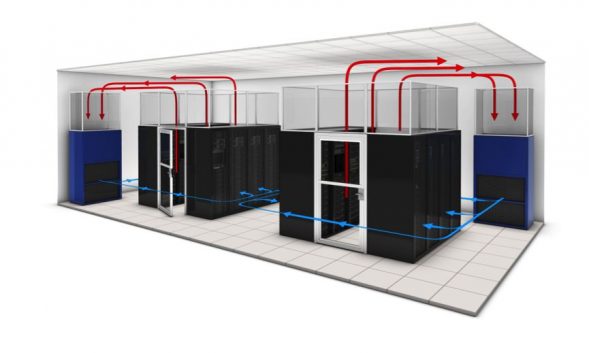
Along with proper cooling, It is also crucial to ensure that the infrastructure is planned for optimal airflow to reduce utility costs. Bringing the cooler air inside and letting the heated air pass through the outlets is vital. It will not only help in temperature control but will also minimise the cooling costs. Again, try to place the equipment susceptible to overheating closer to any openings or air ducts. Here are the other steps you can take while planning out your airflow strategy:
Right Air Intake & Exhaust System- make sure to plan wisely the air inlet and outlet system to bring cooler air in and allow warm air to exit. You can learn about a concept known as a hot aisle/cold aisle to get the best results in this area.
Proper Server Rack Airflow- Apart from the intake and exhaust system, you should also ensure that the server racks allow proper airflow. Use blanking panels or filler panels to make your airflow planning more effective.
Hot Aisle/Cold Aisle Strategies- If you want to improve cooling efficiency, try adopting hot aisle/cold aisle rack orientation arrangements. In this strategy, cool air intakes and hot air exhausts face each other in a given row of server racks. This allows continuous airflow due to the generation of convection currents.
Also Read: Top Developers to Add 10 Mn Sq.Ft L Into Creating Data Centre Spaces
3. Space for Future Upgrades
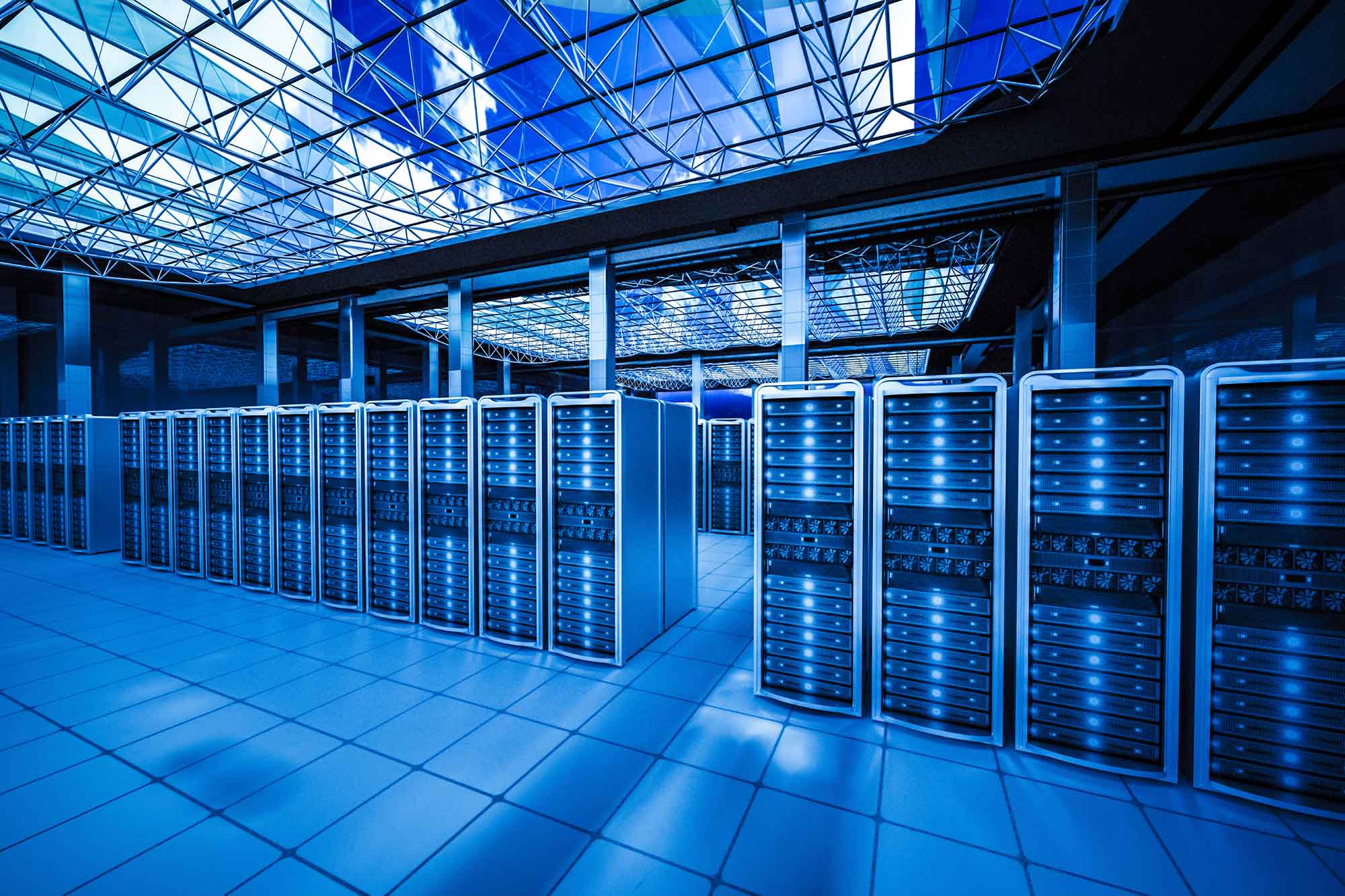
Whether you want to remodel your existing data centre facility or create a new one, the investment in both the processes is going to be significant. Many data centre planners make a data centre with limited facility space as per their current needs but don’t think of the future, which can be an expensive mistake in the long run. As your requirements can increase over time, having the space available to add more equipment is vital. Hence, it would be best to consider that the facility you design should have a room for upgrades.
Floorspace: estimate your current and future floor space needs. However, it is not possible in an already existing data centre, but it is vital to consider planning a new data centre. It is less costly to design according to your current need than to renovate in a few years.
Power Requirements- A data centre may require extreme power depending on the number of equipment placed. Plan beforehand the needs you have today, and the future requirements.
Cooling Requirements- The integration of more hardware may result in more heat production, which can be eliminated by incorporating good cooling units. So, choosing the best and functional cooling systems is vital.
Right Server Racks- To properly house your equipment, you should consider choosing the proper server racks while leaving space for growth as well. Data centres should have rows of empty shelves which help in ventilation until they are filled.
Cabinets & Racks- You may need cabinets and racks in the future to house and stack equipment. So, while creating a data centre, consider investing in them.
There are the other features that you should take care while adding racks or cabinets in the data centre :
- The racks/cabinets should be modular which means they are able to be moved, fitted, adjusted or otherwise modified with relative ease.
- Integrate simply with overhead pathways.
- Racks should be tall enough to accommodate vertical growth.
- Adjustable rear and front mounting rails so that it can easily accommodate/ equipment with multiple depths.
- Can accommodate additional cables, different types of connections and multiple types of media
- It should have weight limits to support new equipment.
4. Focus on Data Cable Organization
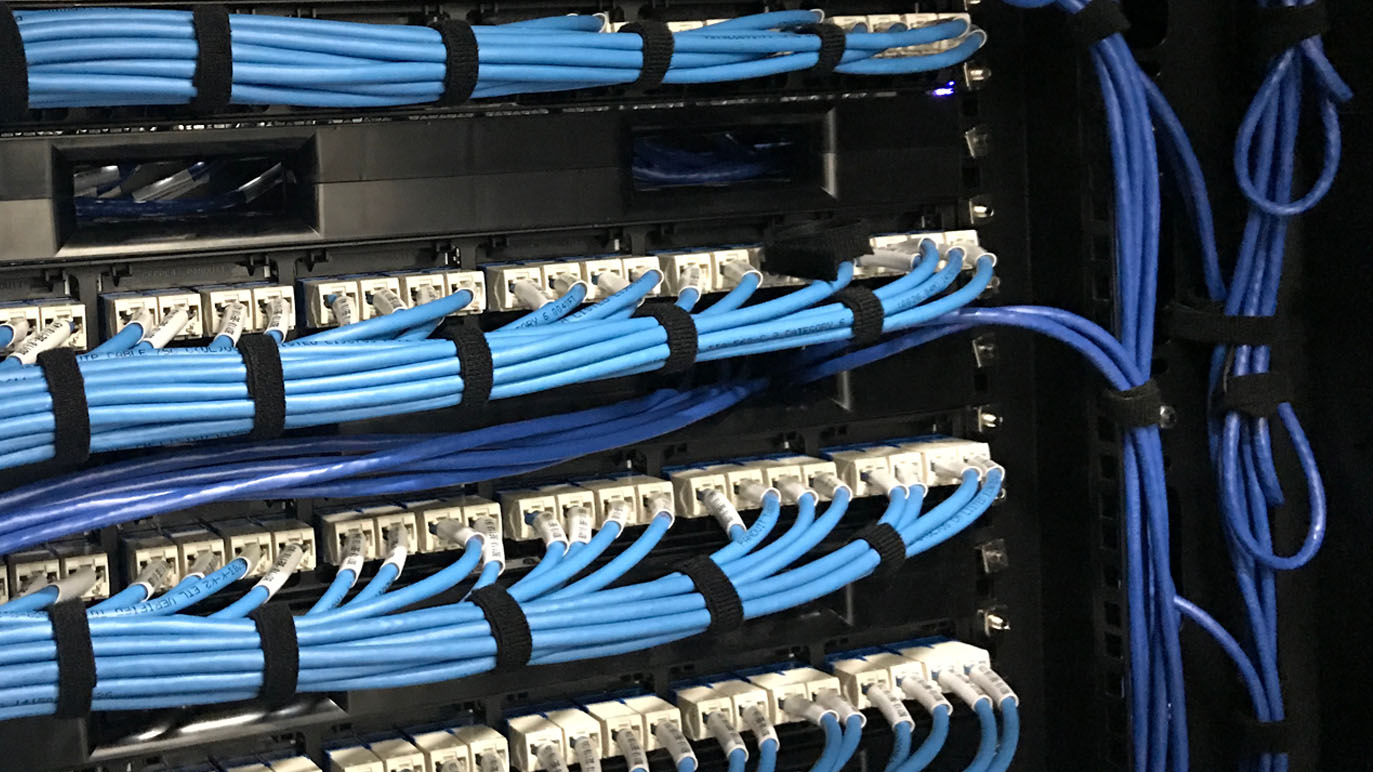
It is imperative to focus on proper wiring in the data centres from the beginning. Proper cable management helps increase efficiency, speed troubleshooting, reduce outages, make adding new equipment simpler, and much more. Consider the following to manage data cables in the data centre.
Cable Selection- Every little detail counts while designing an efficient data centre. When choosing your cables, pick those with the smallest diameters that can still provide the functionality you want.
Avoid Cable Clutter- Wiring in data centres may be run overhead in a rafter system or below in so keep pathways. So, optimisation of proper cable management is necessary. You can separate data and power cables within the racks, helping reduce the risk of interference. Ensure that the wires run correctly to avoid tangles and other issues. Try to use vertical or horizontal cable managers to manage cables.
Label the Cables- For easier identification and troubleshooting, it is vital to label all the cables properly.
5. Data Centre Security

This should be the topmost priority when planning your data centre. As data centres contain a lot of costly equipment and the sensitive data flowing in and out, it is vital to keep all of this protected. You can take a few steps to improve the security of your facility and networks:
Physical Security- you can improve the overall physical security of your facility by installing surveillance cameras, staffing security guards, limiting entrances and exits, preventing unauthorised access to sensitive areas, designing more secured doors, biometric scanning in the doors, investing in enclosed server racks to avoid theft and potential damage, and more.
Network Security- For your data's security and integrity, install firewalls, IDSs, and ACLs.
Data Encryption & Backup- it is paramount to protect sensitive data. Ensure that all data is encrypted where possible, keep usernames and passwords, and implement regular backups to avoid data loss.
Advanced Monitoring Equipment- you should have a team that can see what is going on in the data centre at all times. The group includes IT professionals taking care of hardware and software within the data centre, and other staff members keep a tab on the humidity levels, cooling systems, wiring, server rack organisation, and more.
So, considering all the above points will help you to design an efficient data centre. The tips mentioned above are a great place to start your own data centre design journey to ensure that your facility functions well from the beginning.
Keep reading SURFACES REPORTER for more such articles and stories.
Join us in SOCIAL MEDIA to stay updated
SR FACEBOOK | SR LINKEDIN | SR INSTAGRAM | SR YOUTUBE
Further, Subscribe to our magazine | Sign Up for the FREE Surfaces Reporter Magazine Newsletter
You may also like to read about:
DLF To Invest Rs 130 crore To Build Data Center in Noida | SR Bulletin
Internet of Things (IOT) to Revolutionize Building and Design in India
and more…